10 essential oil painting tips and techniques
Original Source: http://feedproxy.google.com/~r/CreativeBloq/~3/dTT1hoJ3H4o/oil-painting-techniques-10-essential-tips
When learning how to paint, virtually every student starts out afraid and overwhelmed by the unforgiving nature of painting in oils. But the transition to oils can be made much smoother by utilising some simple and practical painting techniques.
In the video below, I demonstrate 10 great tips that will help get you started on the right path. (Spoiler alert: it all begins with the fundamentals!)
Now let's go through these 10 oil painting tips in more detail.
01. Hold the paintbrush in the right place!

Hold your brush at the end for maximum control
There are many different grips on the paintbrush that an artist can use while painting. However, there is one 'go-to' method that every artist should know: to get the most fluidity and sensitivity with your strokes, hold the brush handle as far back as you can. This might feel uncomfortable at first, but it offers the greatest degree of control because it allows you to paint with your whole arm rather than just your wrist.
02. Master your brush orientation
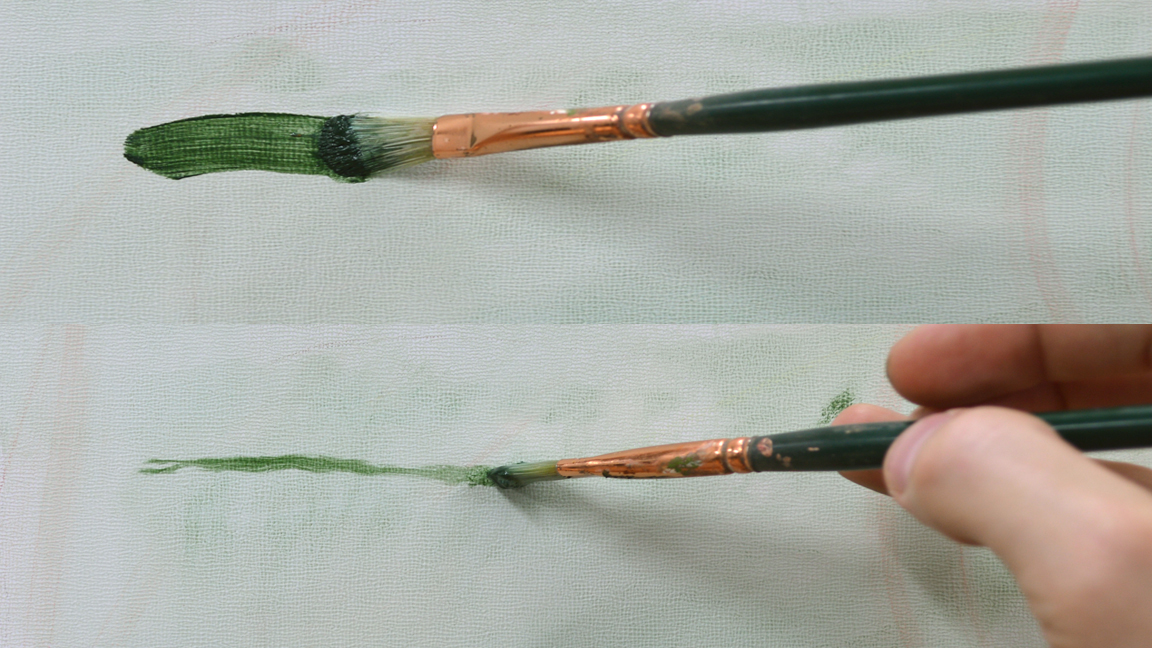
Using every angle of your brush adds to your versatility
During the process of painting, it can be very easy to forget that your brush has two sides or orientations! You’re not limited to always making wide strokes using the flat side of your brush, as every brush can be turned on its side for sharper lines or strokes. Learning to control your lines with your brush orientation will help you paint faster and with more versatility.
03. Vary your pressure
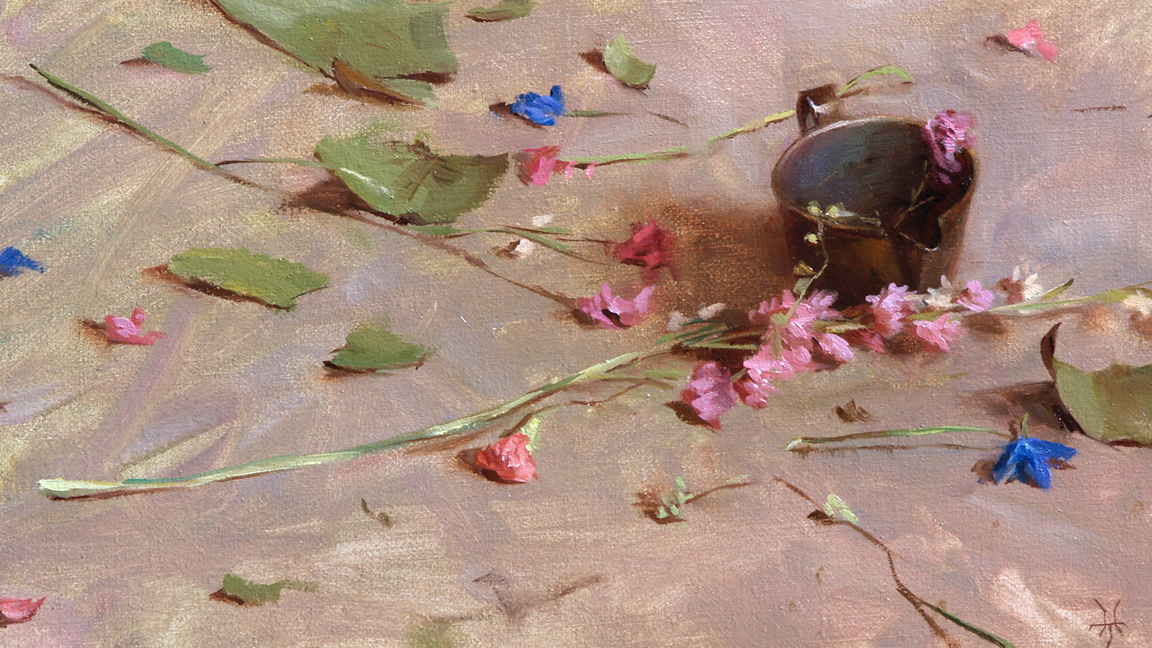
By varying pressure, you’ll vary texture as well
Avoid having 'heavy hands' with your paintbrush. Sometimes the pressure that you apply with a stroke can make the difference between perfection and a mess. The heavier your pressure, the more your paints will blend and create ridges along the sides of your brushstrokes. Get familiar with how your light, medium, and heavy strokes look on the canvas and vary your pressure appropriately to achieve your desired effects.
04. Harness the power of the painting medium
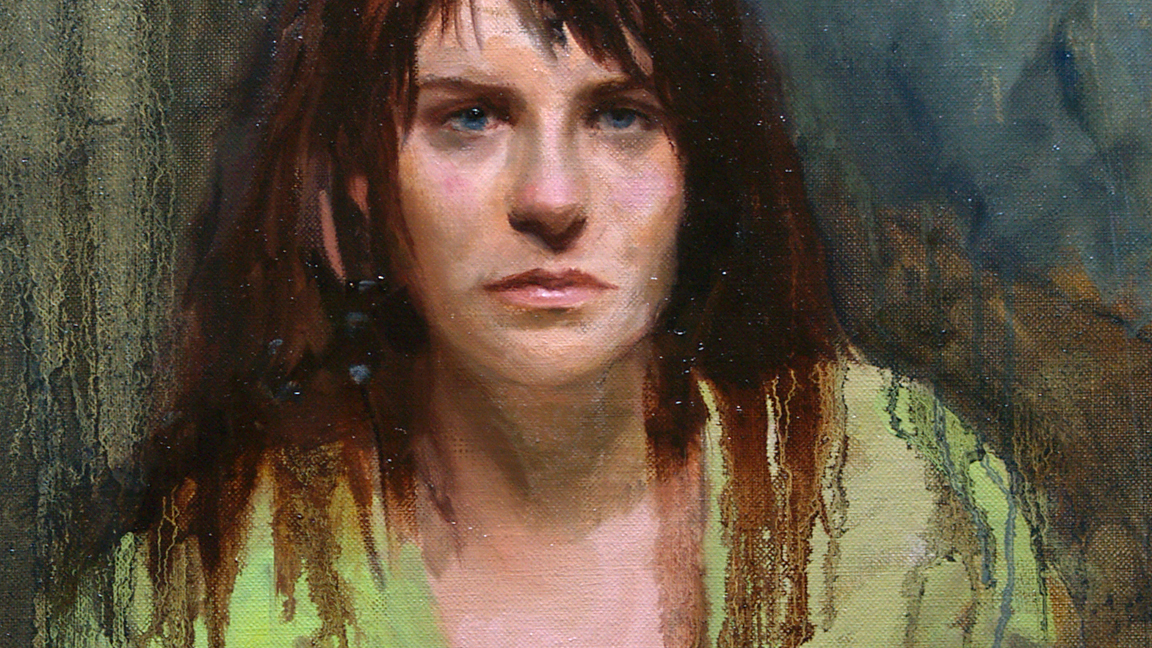
Painting mediums can modify your paint in amazing ways
Oil painting is not solely about the paint. An absolutely essential part of controlling paint is the artist’s use of a painting medium – typically a mixture of solvent and oil used to modify the paint and make it behave in different ways. Adding lots of medium will make your paint flat and transparent like a wash, whereas adding just a little medium will give your paint a mayonnaise-like consistency.
05. Keep your colours pure
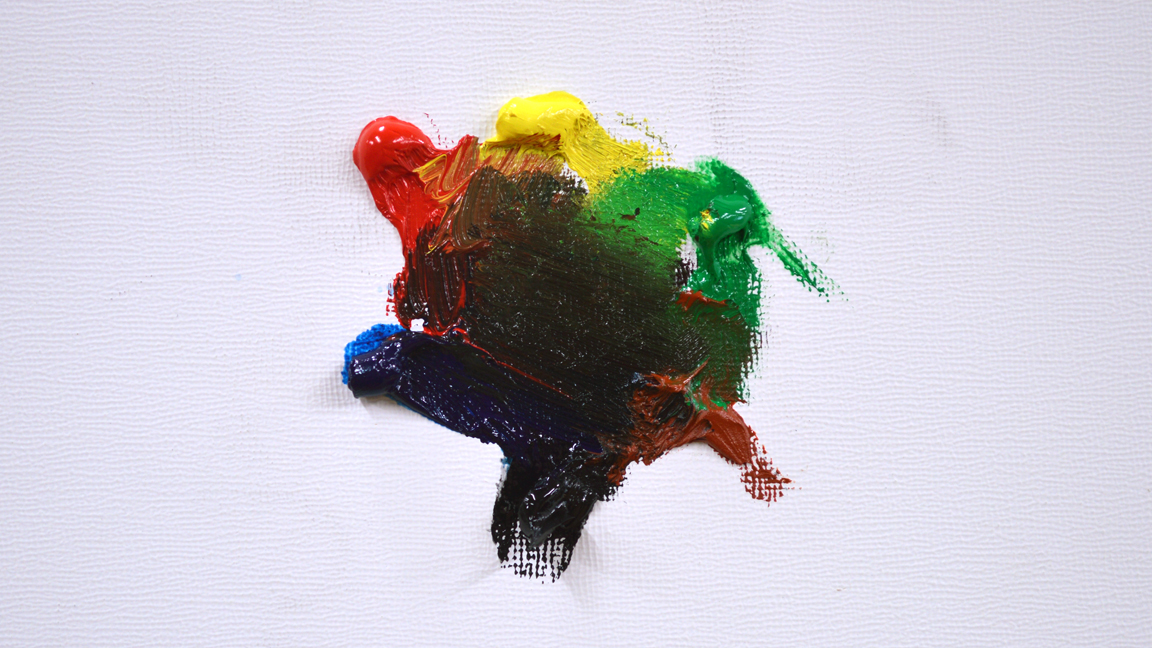
Keep your brushes clean so you don’t contaminate your colour
Be careful when you grab from the paint piles on your palette. Make sure that your brushes are clean or you will taint the colours you want to use. It’s vital to preserve the intensity of the colours straight out of the tube so remember to clean your brushes regularly and often – even between strokes if necessary.
06. Use two-colour mixtures if possible
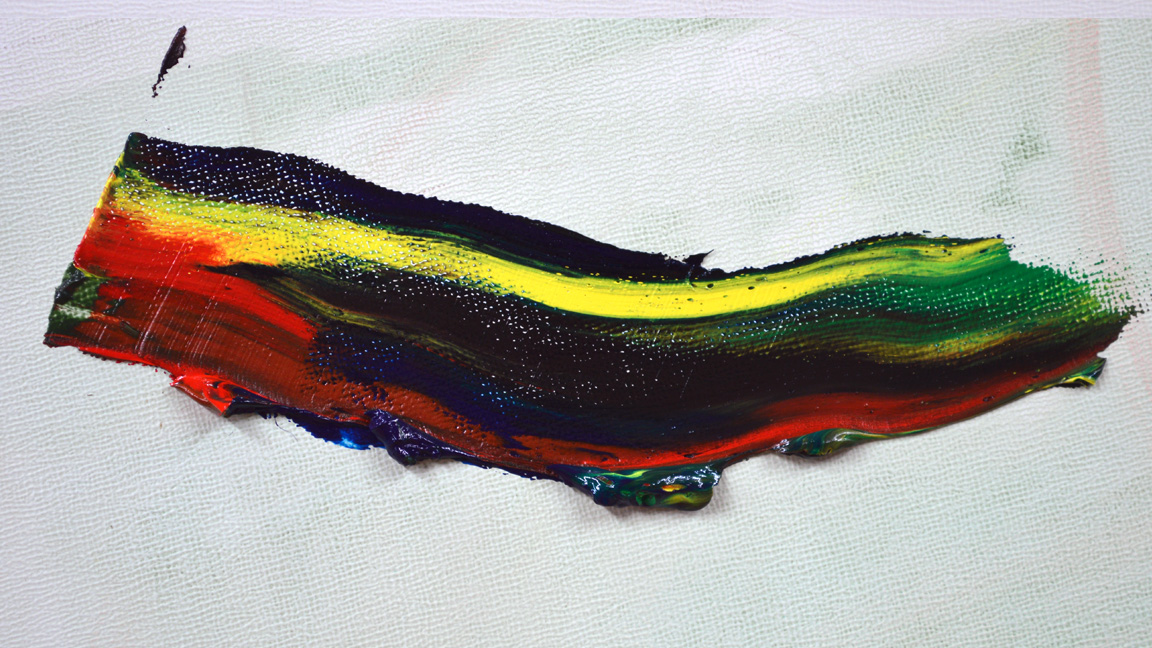
The fewer paints you mix, the more vibrant the resulting colour will be
Grabbing from every single pile while mixing will create a dull and less intense mixture. Practice mixing what you need using only two colours and white. By increasing your colour knowledge and getting better at mixing, you will paint much more efficiently and quickly and your work will benefit from it.
07. Don't over-mix
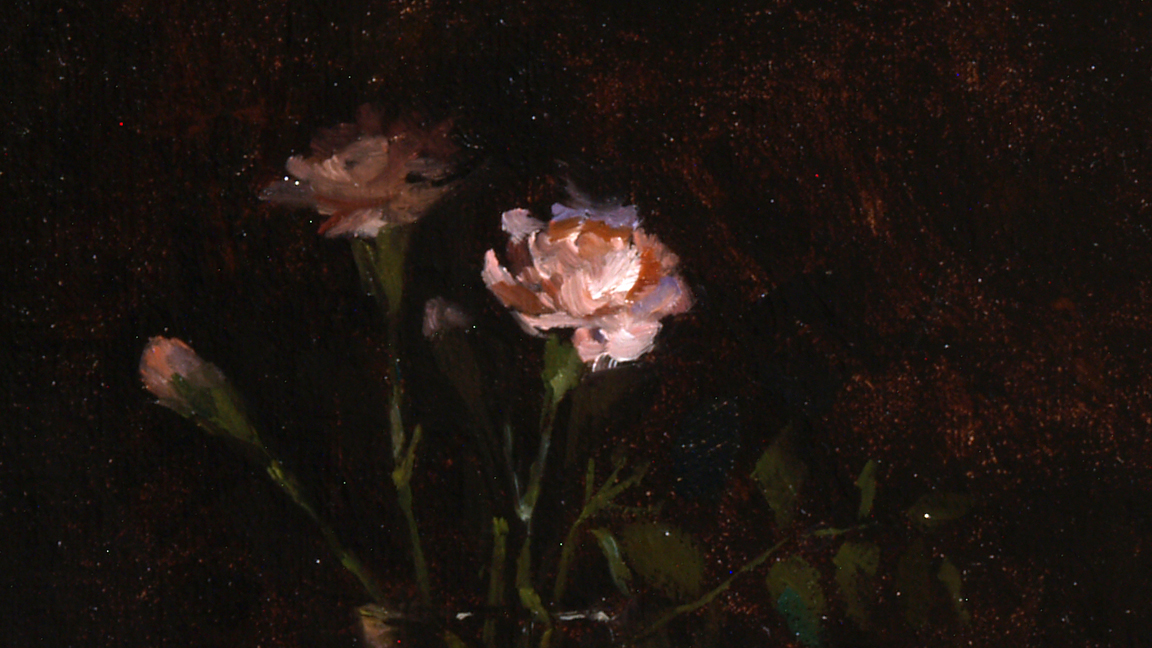
Only mix as much as necessary
When mixed colours first bump into one another, there are tiny inconsistencies in the mixture that help add vividness and interest to your paint. So, when you combine colours to create a mixture it’s important to make sure that you only mix them as much as necessary before applying the stroke. If you over-mix two colours, you will turn your interesting mixture into a flat and uninteresting pile of paint.
08. Don't skimp on paint
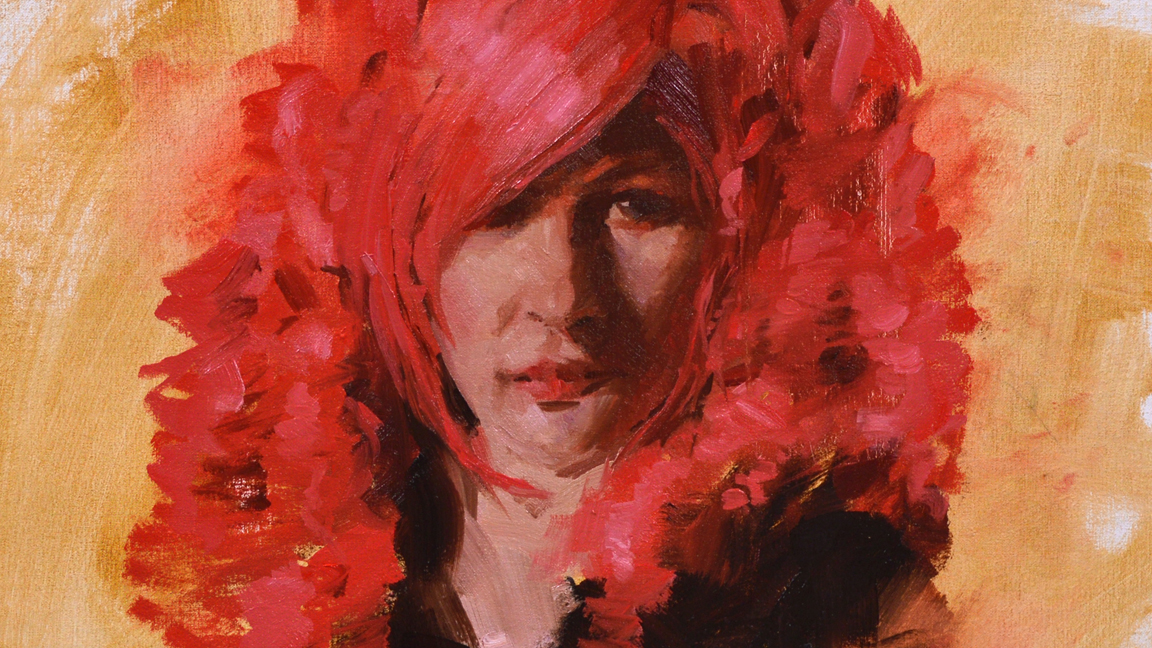
Use as much paint as necessary to realise your vision
Sometimes you want a thin wash, but other times you need a thick stroke in order to achieve your desired effect, so make sure that you're using enough paint to create the type of stroke you need. Don't hold back on the paint at the expense of your painting. If you find yourself constantly swirling a brush around a thin pool of paint on your palette, then it's probably time to remake that mixture.
09. Try wet-on-wet versus dry brush
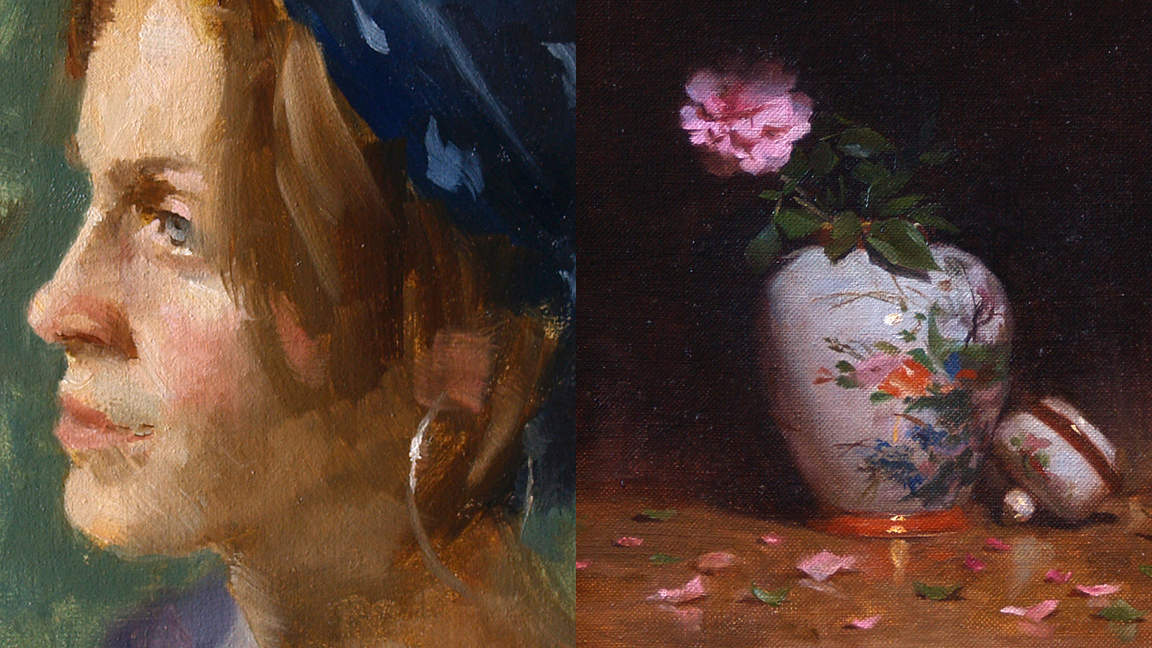
Use wet versus dry effects to your advantage
Remember that you can paint directly onto a wet surface or wait for it to dry and put wet paint over that. Paints will blend on the canvas when working wet-in-wet, which is great for getting transitions or gradients. Painting with a dry brush will give you a more textural effect, which is perfect for painting brick or dirt.
10. Don't forget the palette knife
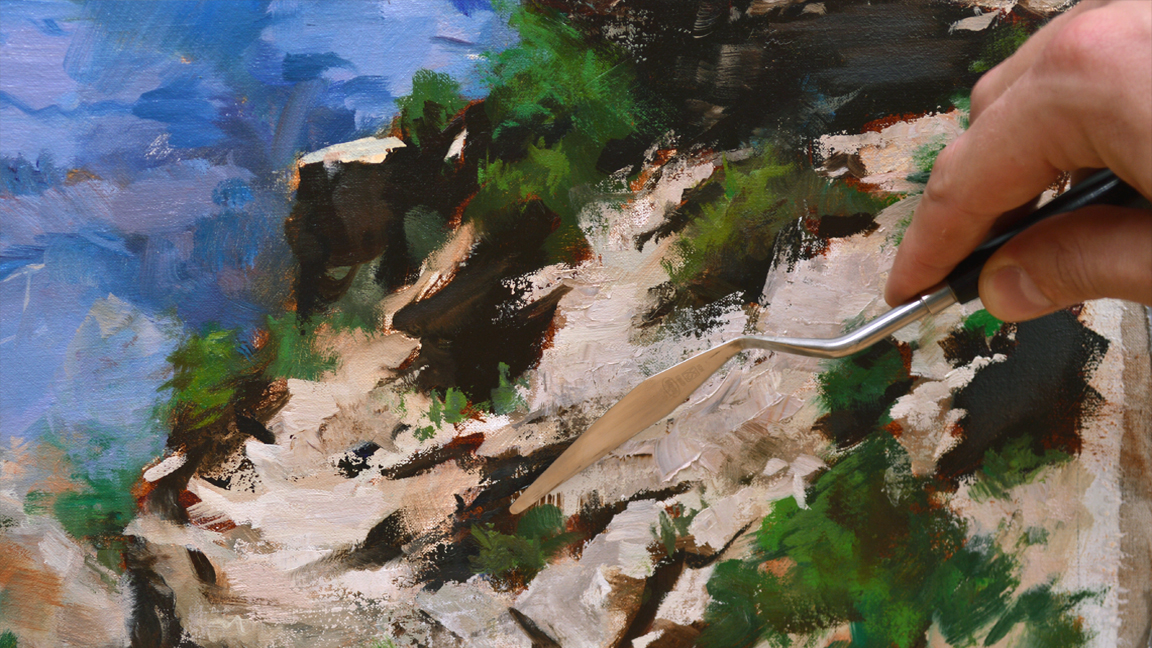
Sometimes, the best brush for the job is not a brush at all
The palette knife is not just a trowel that you use to mix paint! It can also be used quite effectively at times to make interesting strokes. A palette knife is particularly useful for making textural and unpredictable strokes – effects that you'd be hard-pressed to duplicate with a brush.
Related articles:
How to draw and paint – pro tips and tutorials7 must-know painting techniques for artistsThe secrets to painting like Matisse

Leave a Reply
Want to join the discussion?Feel free to contribute!